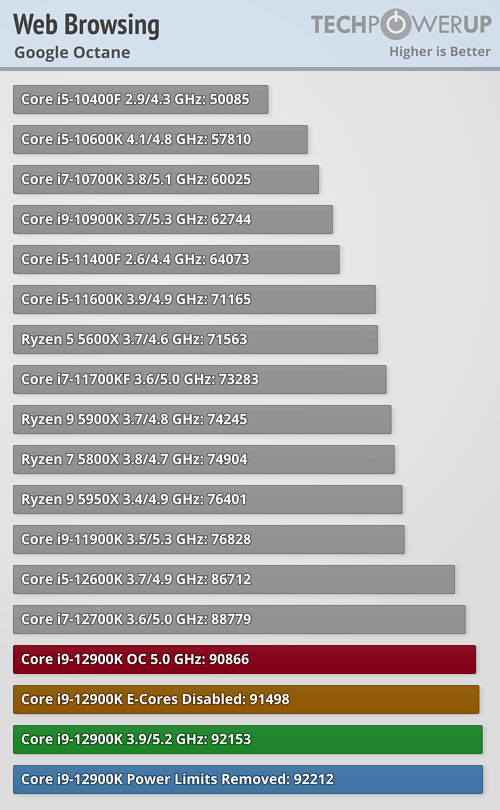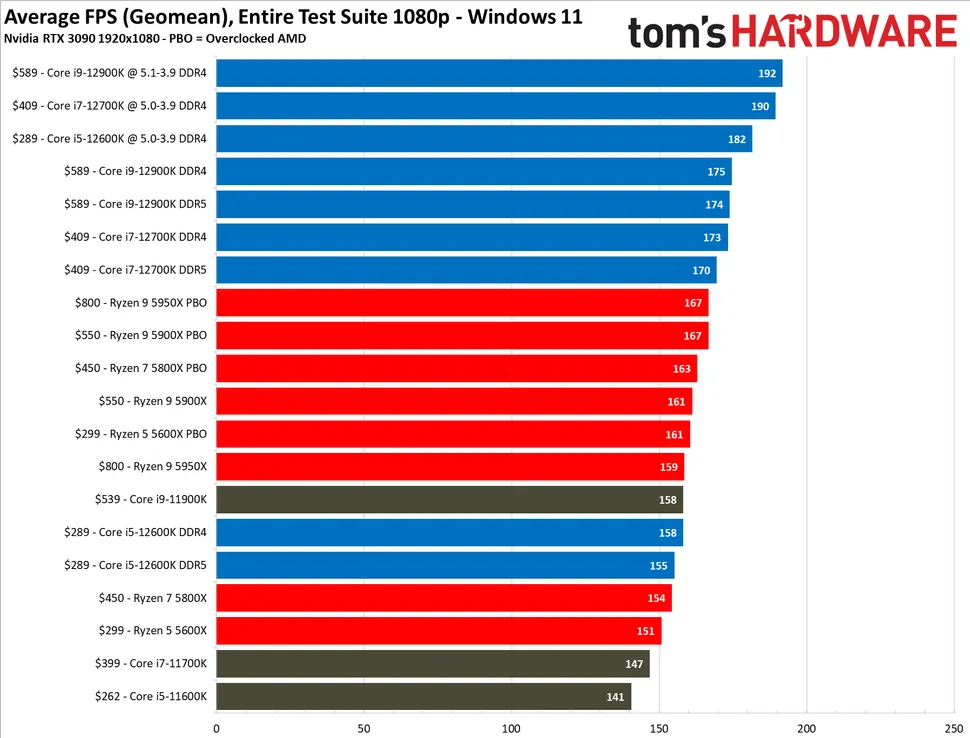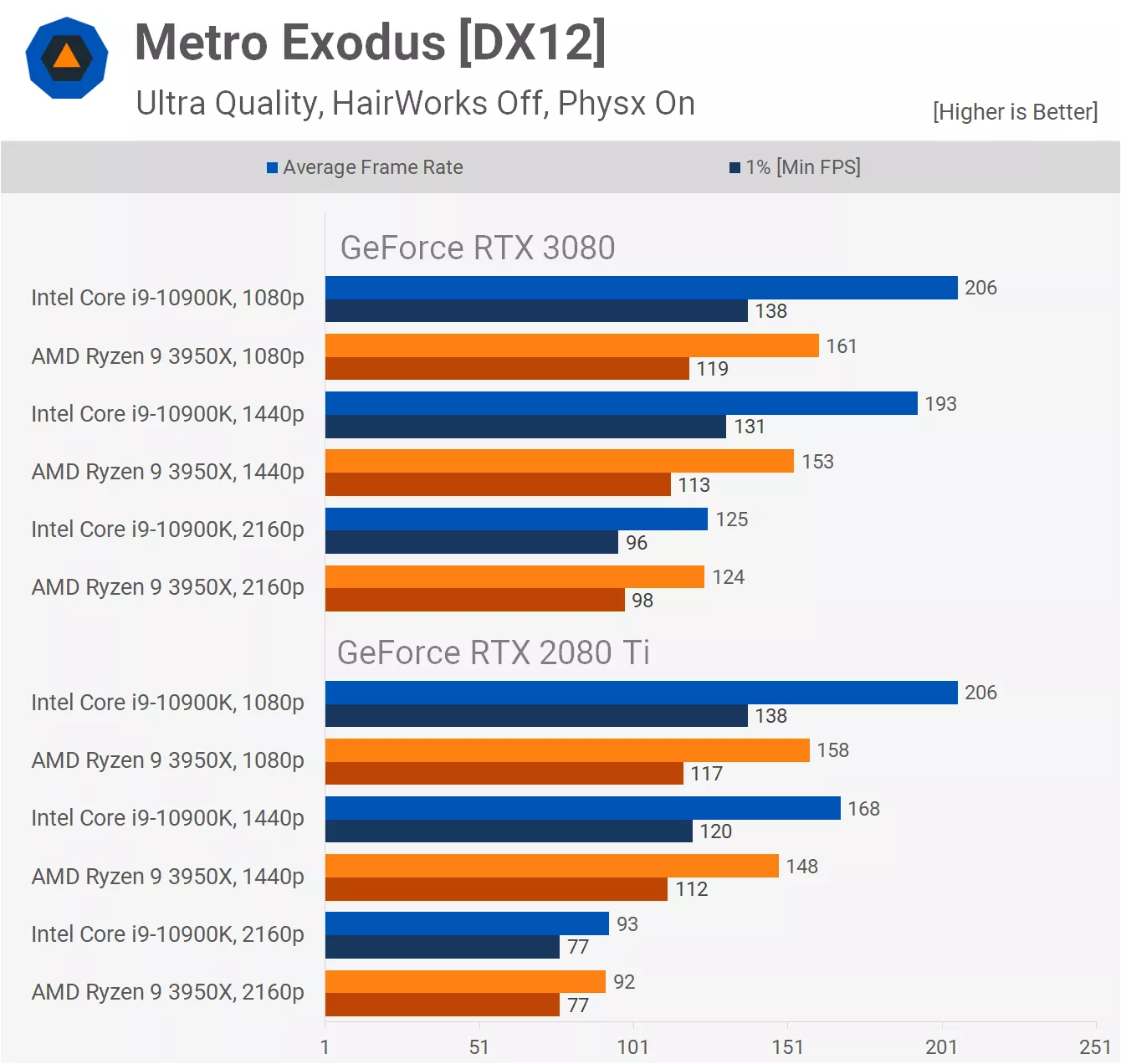I expect Zen 4 launch to be much like Zen 3. It wasn't reported on very much, but
AMD only produced approximately 1 million Zen 3 in 2020 Q4 with an October "Launch". Moreover, that number is 'charitable' with some unlikely assumptions.
According to
this article the number of x86 CPUs shipped in 2021 was 471 Million. Assuming 2020 was similar, AMD was able to supply something like zero point five (0.5) percent of the Q4 market with Zen 3, and only on enthusiast grade desktop. This is the textbook definition of a paper launch. It wasn't until March / April of 2021 that Zen 3 desktop was at least somewhat available albeit at inflated prices, and by then we had Rocket Lake aplenty and Tiger Lake was actually progressing beyond the original low power SKU launch to the higher power H series.
The issue here is that AMD has limited, pre-scheduled production from TSMC. Given that, they will allocate that production first to that required by contract (PS5, XBox) and then to the most profitable SKUs, the rest get leftovers.
The most profitable SKUs are going to be EPYC, and they still have a ton of demand from consoles.
So based on those facts, I would not expect Zen 4 to be a real obtainable product for 99% of the people until 2023. With Intel, you can count on being able to fairly easily obtain their product 4-6 weeks after launch, and if you
really want it you can probably get it for a premium in the first couple of weeks.




